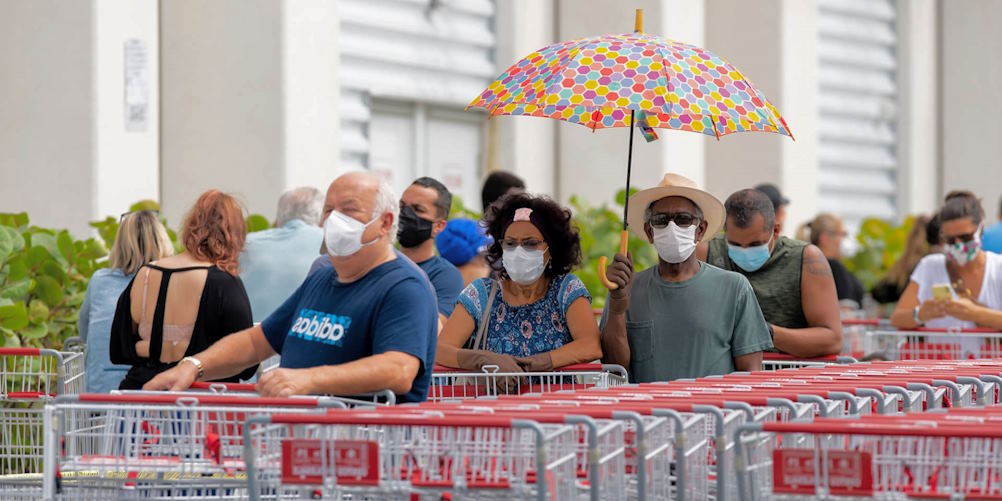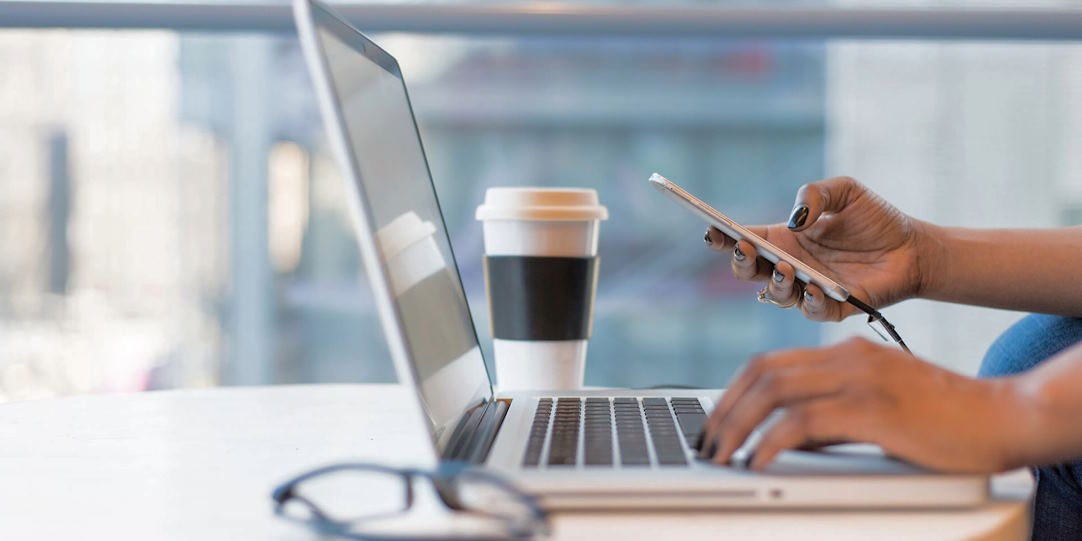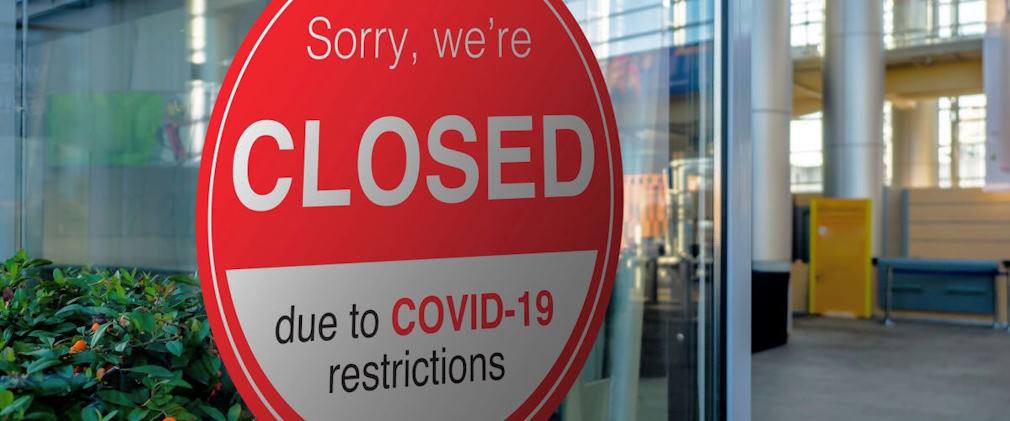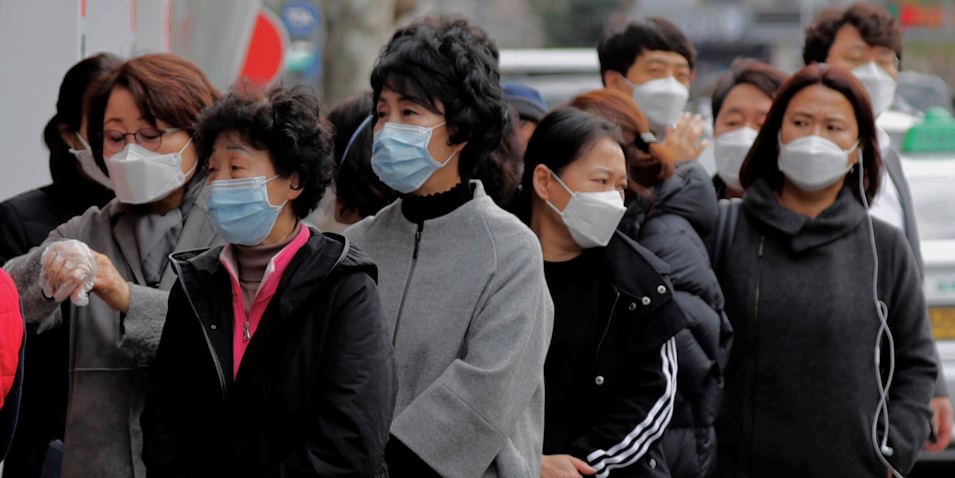The COVID-19 pandemic has indelibly changed our collective history, leaving an indelible imprint on how we live, work, and connect.
So, how did the pandemic change people’s daily life?
The COVID-19 pandemic has brought about sweeping changes in people’s daily lives worldwide. These changes have touched nearly every aspect of our routines and behaviors, transforming how we work, interact, and prioritize our health and well-being. Let’s delve deeper into how COVID-19 has reshaped these facets of daily life:
Work and Education
Many individuals transitioned to remote work and online learning as offices and schools closed to curb the spread of the virus. This shift required adapting to virtual meetings, online classes, and new technologies to stay productive and engaged.
Besides, the boundaries between work and personal life are blurred for many remote workers, leading to challenges in maintaining a healthy work-life balance. People had to create new routines to separate work hours from leisure time.
Social Distancing
Such measures meant avoiding gatherings, parties, and large events. People missed out on celebrations and close interactions with friends and family. Handshakes, hugs, and physical greetings became less common as people adopted non-contact greetings like waving or elbow bumps.
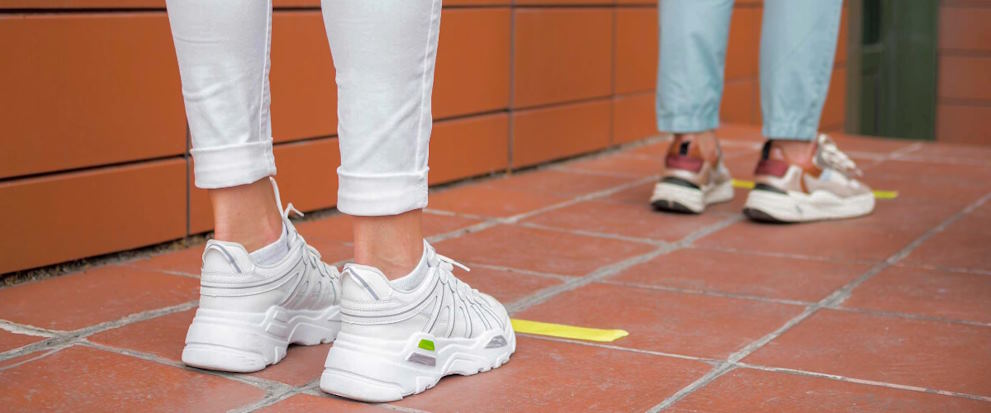
Health and Hygiene
Frequent handwashing, sanitizing surfaces, and wearing face masks became essential practices to reduce the risk of infection. Hand sanitizer dispensers became ubiquitous in public spaces.
Besides, people became more health-conscious, monitoring symptoms and seeking medical advice when feeling unwell. Routine health check-ups and vaccinations took on heightened importance.
Travel and Leisure
International and domestic travel plans were disrupted due to travel restrictions and quarantine requirements. People canceled vacations and postponed travel. With limited travel options, many turned to exploring their local areas, discovering hidden gems and nature-based activities.
Remote Social Activities and Entertainment
Video calls and virtual gatherings with friends and family became the norm. People celebrated birthdays, holidays, and special occasions online.
Streaming services, online gaming, and virtual events gained popularity during that difficult period as in-person entertainment options dwindled.
Mental Health
The pandemic took a toll on mental health, causing stress, anxiety, and feelings of isolation. Many sought support through therapy, meditation, or support groups. Acts of kindness, community support, and reaching out to neighbors became common as people sought to combat the emotional challenges brought on by isolation.
Shopping and E-commerce
E-commerce saw a surge in demand as people turned to online shopping for convenience and safety, affecting traditional retail stores.
Contactless payment methods, such as mobile wallets and QR codes, also gained popularity as a hygienic alternative to cash transactions.
Healthcare
Telehealth and telemedicine services were popular, allowing individuals to consult with healthcare professionals remotely.
In addition, COVID-19 vaccination campaigns became a central focus, with discussions about vaccine availability, distribution, and safety becoming part of daily conversations.
Some of these changes may persist, shaping the future in unforeseen ways, while others may gradually recede as we strive to return to a more familiar way of living.

